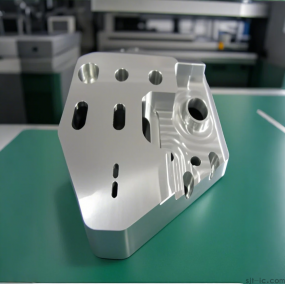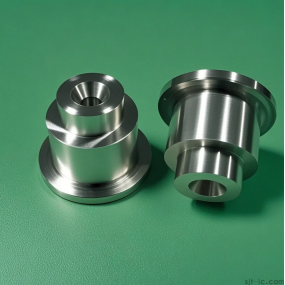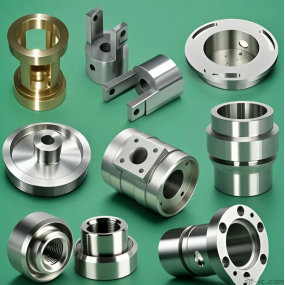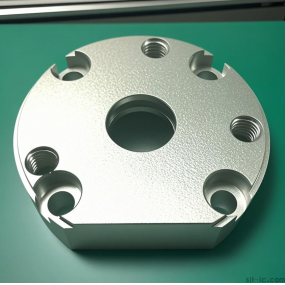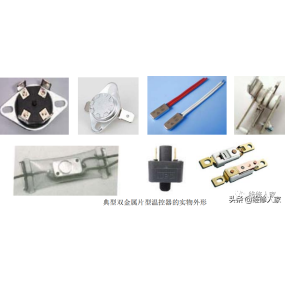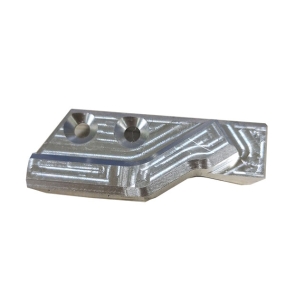The frame structure of the sheet metal shell processing of the imitation EMAR cabinet needs to achieve three points: D first, the structure is simple; second, the tooling is simple; third, it is conducive to assembly and maintenance. The simple structure is conducive to changing the profile material, and the size can be formed into chassis of different external sizes. What are the requirements for Sheet Metal Processing of the imitation EMAR cabinet shell?
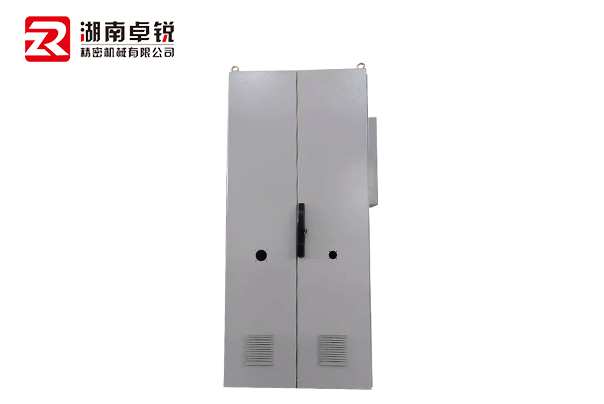 The processing points that need to be paid attention to in the production and processing of imitation EMAR cabinets are as follows:
The processing points that need to be paid attention to in the production and processing of imitation EMAR cabinets are as follows:
1. In production, each process must be processed according to drawings, processes, and standards; if the drawings do not conform to the process, the process shall prevail.
2. When the drawings and processes have tolerance marking requirements, they should be processed according to the tolerance requirements.
3. When drawings and processes are not marked with tolerances, they should be processed according to GB/T 1804-92m.
4. When the drawings are marked with dimensions and tolerances that are inconsistent with the process requirements, they shall be processed according to the process requirements.
5. The cabinet shape is machined according to the positive tolerance of the allowable tolerance, and the chassis shape is machined according to the negative tolerance of the allowable tolerance.
6. The shape of the door is machined according to the negative tolerance of the allowable tolerance, and positive tolerances are strictly prohibited.
7. Hole without tolerance requirements shall be machined according to the positive tolerance of GB/T 1804-92m level.
8. When all products must open process holes due to electroplating or hot-dipping zinc, the process holes should be invisible on the front of the product. When all kinds of aluminum alloy panels are not marked with tolerances, they should be processed according to the negative difference of GB/T 1804-92 f level and slightly lower.
9. For the process sequence of bending after pressing and riveting, special care should be taken when arranging the process. If the edge is too small, the bending after pressing and riveting will interfere.
10. For parts with electroplating requirements, it is required to press and rivet after electroplating. If it is difficult to press and rivet after bending, the process should indicate that auxiliary riveting tooling is required.
11. When the thick hemming of the plate is too small, it is necessary to leave more margin for the local dimensions that cannot be folded in place, and then wash or milling off the excess after bending.
12. Except for special instructions, the burr direction must be within the bend, and all instructions must be described in the process arrangement with bending diagrams or text.


 Spanish
Spanish Arabic
Arabic French
French Portuguese
Portuguese Belarusian
Belarusian Japanese
Japanese Russian
Russian Malay
Malay Icelandic
Icelandic Bulgarian
Bulgarian Azerbaijani
Azerbaijani Estonian
Estonian Irish
Irish Polish
Polish Persian
Persian Boolean
Boolean Danish
Danish German
German Filipino
Filipino Finnish
Finnish Korean
Korean Dutch
Dutch Galician
Galician Catalan
Catalan Czech
Czech Croatian
Croatian Latin
Latin Latvian
Latvian Romanian
Romanian Maltese
Maltese Macedonian
Macedonian Norwegian
Norwegian Swedish
Swedish Serbian
Serbian Slovak
Slovak Slovenian
Slovenian Swahili
Swahili Thai
Thai Turkish
Turkish Welsh
Welsh Urdu
Urdu Ukrainian
Ukrainian Greek
Greek Hungarian
Hungarian Italian
Italian Yiddish
Yiddish Indonesian
Indonesian Vietnamese
Vietnamese Haitian Creole
Haitian Creole Spanish Basque
Spanish Basque

